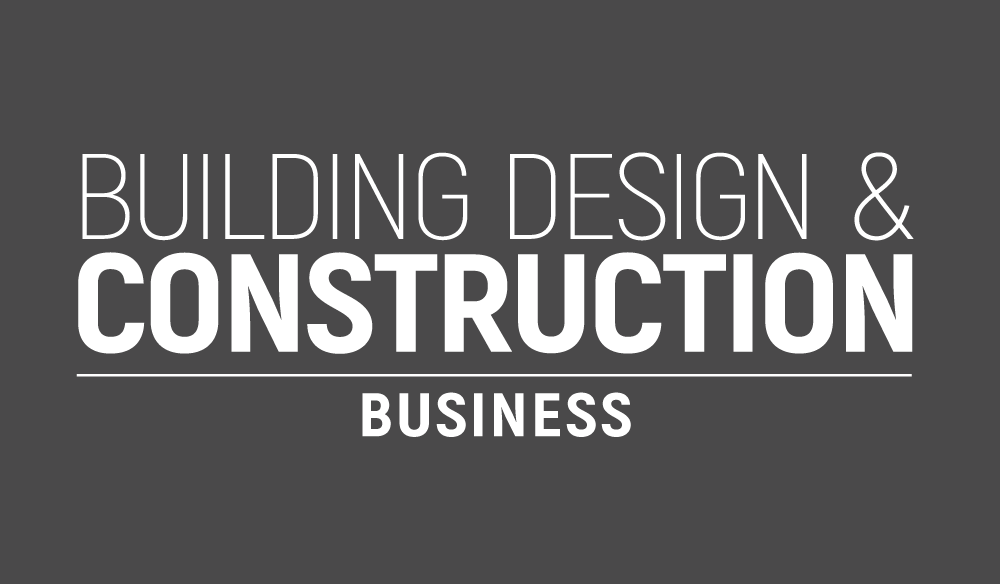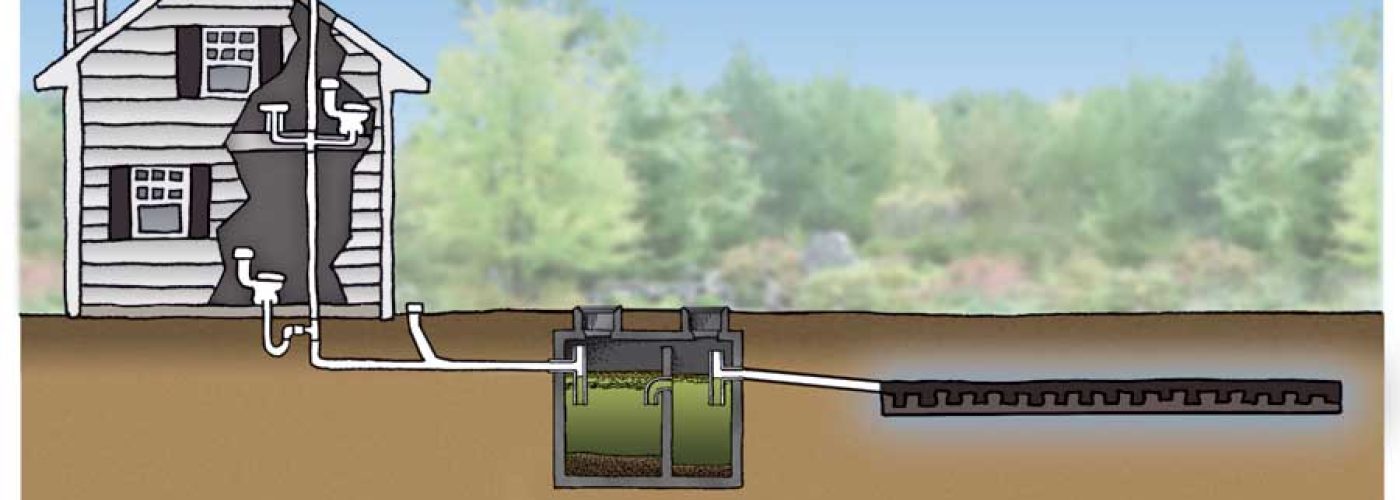When conversations about sustainable housing surface, most people picture solar panels, energy-efficient windows, or advanced insulation. While these features are essential, they only represent part of the sustainability puzzle. Beneath the ground lies a critical yet often overlooked system that can significantly impact the long-term efficiency and environmental sustainability of a home: the septic system.
For builders, developers, and homeowners striving toward greener, smarter construction, proper septic design is not just a technical necessity; it is a cornerstone of sustainable infrastructure. Failing to address it during the planning stage can lead to costly setbacks, compliance issues, and even environmental damage.
Why Septic Systems Matter in Sustainable Construction
Modern construction has shifted focus toward whole-building performance, and wastewater management plays a pivotal role. Poorly designed or neglected septic systems can contaminate groundwater, create public health risks, and cause property damage. Conversely, thoughtful septic system integration can support water conservation, soil health, and eco-friendly community development.
Septic systems also align with broader sustainability goals. A well-designed system reduces reliance on municipal infrastructure, supports self-sufficiency, and lowers a property’s environmental footprint. As green building standards evolve, wastewater treatment and disposal are becoming integral to certification programs and environmental compliance.
The Cost of Overlooking Septic Planning
Builders who treat septic systems as an afterthought often face consequences that ripple far beyond the construction phase. Delays in permit approvals, expensive redesigns, and disputes with inspectors are just a few common challenges. More critically, ignoring septic requirements can result in future homeowner complaints, property devaluation, and reputational harm.
From a financial perspective, understanding the cost to install a septic tank during the early planning stage helps contractors provide accurate project estimates. By including these figures in budgets upfront, builders avoid unexpected expenses that could derail timelines and damage client trust. For homeowners, accurate cost assessments also reduce the likelihood of underfunding their septic needs, a mistake that can lead to long-term financial strain.
Regulatory and Compliance Pressures
Across Ontario and Canada, stricter environmental regulations are shaping how wastewater is managed. Municipalities increasingly require proof of sustainable septic planning before granting approvals. Building codes often mandate specific design standards, site assessments, and soil evaluations to ensure systems are environmentally safe.
Noncompliance is not an option. Builders risk fines, delays, and legal complications if septic requirements are not addressed properly. By collaborating with local septic services early in the process, developers can ensure that designs meet provincial and municipal guidelines, reducing the risk of project interruptions.
The Role of Septic Systems in Green Building
Septic systems are evolving alongside other sustainable technologies. Today’s advanced systems are designed to minimize waste, recycle water where appropriate, and reduce chemical contamination. When paired with sustainable landscaping or greywater reuse systems, septic solutions can help homes achieve higher green certification scores and enhance marketability.
For eco-conscious homeowners, a well-integrated septic system can also become a selling point. Properties that balance independence with environmental responsibility appeal to buyers who value both sustainability and resilience.
Long-Term Benefits for Builders and Homeowners
Beyond regulatory compliance and initial cost management, the benefits of integrating septic design into modern projects are long-lasting. A properly installed system reduces maintenance issues, prevents costly repairs, and ensures reliable performance for years to come. Builders who prioritize septic planning position themselves as forward-thinking professionals who deliver more than just homes, they deliver peace of mind.
For homeowners, this translates to fewer emergencies, lower operating costs, and the confidence that their property is environmentally responsible. In a competitive housing market, these advantages are becoming increasingly valuable.
Trends in Septic and Sustainable Housing
Looking ahead, septic systems will play an even larger role in sustainable development. Several trends are already shaping the industry:
- Smart Monitoring Systems: Digital sensors that track septic performance in real time, helping homeowners prevent failures before they occur.
- Eco-Friendly Treatment: Systems designed to reduce nitrogen levels, protect waterways, and improve soil quality.
- Integration with Renewable Infrastructure: Combining septic design with rainwater harvesting and renewable energy to create fully self-sufficient properties.
These innovations highlight how septic planning is no longer just a background concern but a visible part of modern sustainable construction.
Conclusion: Building Smarter from the Ground Up
The success of a sustainable home extends far beyond what can be seen above ground. Septic system design is a critical piece of the hidden infrastructure that supports long-term efficiency, environmental protection, and regulatory compliance. For builders and developers, prioritizing septic planning ensures smoother projects, happier clients, and a stronger reputation for sustainability.
In an era where green building is more than just a trend, integrating septic systems into the design conversation is not optional, it’s essential. The homes of tomorrow will be judged not only by their curb appeal and energy bills but also by the unseen infrastructure that protects our communities and environment.





